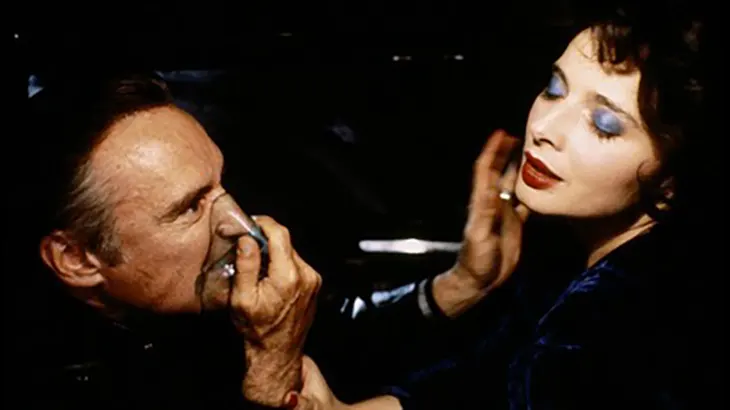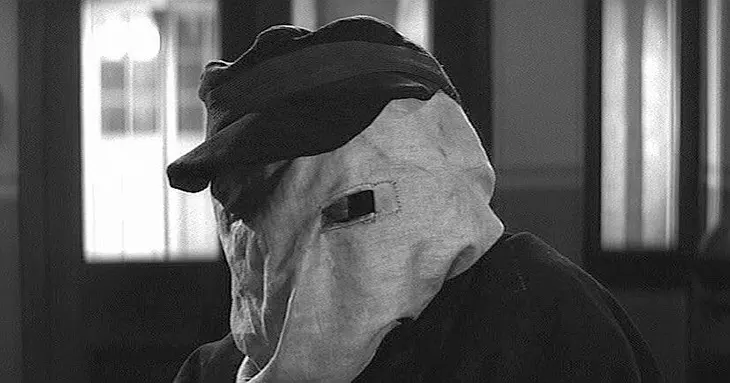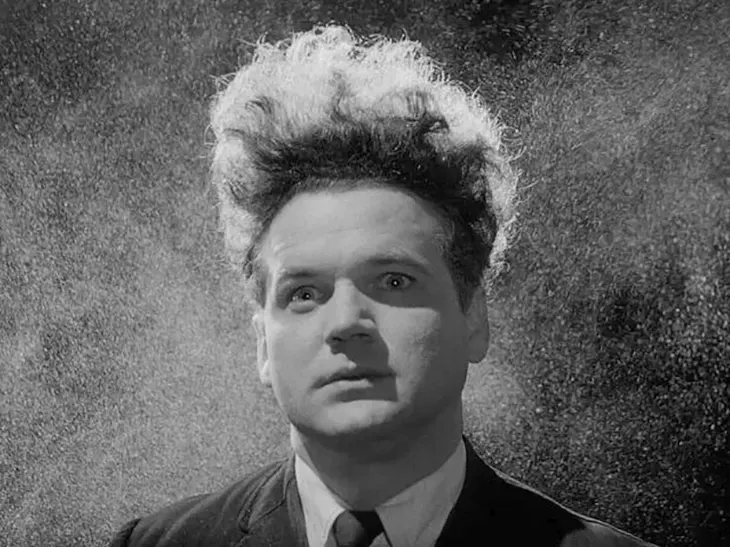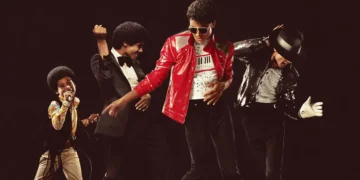
David Lynch, the enigmatic maestro of surreal cinema, left an indelible mark on the artistic landscape with his distinctive vision, passing away at the age of 78. Lynch’s contributions to film and television have transformed the way stories are told, often blurring the lines between reality and the surreal, the macabre and the mundane. His work is characterized by a profound sense of narrative innovation, visual ingenuity, and the uncanny ability to delve deep into the human psyche, making him a pivotal figure in the evolution of both mediums.
MOVIES
Throughout his illustrious career, Lynch consistently pushed the boundaries of cinematic expression. From his groundbreaking debut with “Eraserhead” to his transformative works like “Blue Velvet” and “Mulholland Drive,” and not forgetting his revolutionary impact on television with “Twin Peaks,” Lynch’s projects have often been as polarizing as they are influential. His unique style, often referred to as “Lynchian”, is synonymous with a kind of storytelling that combines dream logic with stark, emotional truths. Lynch’s films and series are marked by their atmospheric intensity and complex symbolism, creating immersive worlds that draw viewers into their depths, challenging their perceptions and leaving a lasting impact. His legacy is one of creativity and courage, an example of a career built on exploring the unexplored and expressing the inexpressible.
These are our picks for his most unforgettable works:

BLUE VELVET
“Blue Velvet,” is a seminal piece that has significantly impacted American cinema, particularly noted for its exploration of the dark underbellies of suburban life. The film intertwines a disturbing narrative with striking visual and thematic contrasts between the idyllic surface of American society and its hidden, often sinister depths. This juxtaposition is vividly introduced in the opening scenes where the camera transitions from the cheerful surface of a suburban lawn to the teeming, dark insects beneath, symbolizing the film’s exploration of what lies beneath the facade of everyday life.
The narrative follows Jeffrey Beaumont, who, upon finding a severed ear, is drawn into a disturbing investigation that reveals the perverse secrets of his seemingly benign hometown. This leads to encounters with the troubled nightclub singer Dorothy Vallens and the violent and psychopathic Frank Booth, played memorably by Dennis Hopper. Booth’s character embodies the explosive potential of hidden societal evils and personal psychopathy, providing a stark contrast to the film’s suburban setting.
Critically, “Blue Velvet” was polarizing upon release, eliciting both acclaim for its originality and criticism for its explicit content, particularly in its portrayal of violent and sadomasochistic themes. Despite this, it’s regarded as a landmark film that challenged the conventions of mainstream American cinema and paved the way for the rise of independent films in the 1990s. The film’s use of classic pop songs, its vivid color palette, and its exploration of complex themes such as voyeurism and violence all contribute to its lasting impact

THE ELEPHANT MAN
David Lynch’s “The Elephant Man” is an exploration of humanity and the societal challenges faced by those who are visibly different. The film, based on the life of Joseph Merrick, offers a moving portrayal of a man with severe physical deformities who struggles for acceptance in Victorian society. Through the compassionate efforts of Dr. Frederick Treves, Merrick finds a semblance of normalcy and dignity, reflecting on the deeper themes of acceptance and the inherent worth of every individual, regardless of their physical appearance.
The narrative examines Merrick’s life, emphasizing his intelligence and sensitivity, which contrast starkly with his physical condition. This juxtaposition challenges the audience to reflect on the nature of humanity and the superficial judgments that often obscure it. The film is celebrated not only for its sensitive portrayal of Merrick but also for its critique of the societal fascination with and repulsion by his condition, exploring themes of spectacle versus human dignity.

ERASERHEAD
“Eraserhead” plunges viewers into a surreal and disturbing universe, distinguishing itself through its striking use of sound and visuals. The film immerses audiences in a world of industrial decay, heavily accentuated by an intricate soundscape of mechanical droning and eerie quiet. These auditory elements complement stark black-and-white visuals that depict a nightmarish urban setting, heightening the film’s psychological impact.
Centered around the protagonist, Henry Spencer, the story explores his descent into chaos as he grapples with the demands of fatherhood to his grotesquely deformed child. The oppressive sounds and haunting imagery intensify the portrayal of Henry’s mental and emotional distress, effectively engaging the audience with themes of existential fear and societal alienation.

MULHOLLAND DRIVE
“Mulholland Drive“ is a cinematic enigma that intertwines reality and dreamscapes to explore the dark underbelly of Hollywood ambition. The film, released in 2001, is renowned for its nonlinear narrative structure and a complex interplay of characters and motifs that challenge the viewer’s perception of reality. Starring Naomi Watts, Laura Harring, and Justin Theroux, the movie delves into the life of an amnesiac woman and a bright-eyed actress whose paths cross in a serendipitous yet mysterious manner.
At the heart of Mulholland Drive is the exploration of identity and desire within the cutthroat world of Hollywood. The film’s narrative pivots around an initial car accident on Mulholland Drive, which serves as a metaphor for the disruptions and twists in the characters’ lives. As the story unfolds, it becomes increasingly apparent that what starts as a quest for stardom spirals into a dark, introspective journey into the characters’ psyches. Lynch uses dream logic to blur the lines between success and failure, between the person and the persona, illustrating the volatile nature of the entertainment industry.

TWIN PEAKS
“Twin Peaks“ is a groundbreaking television series that merges surrealism with mystery and horror to create a unique narrative experience. The show, which debuted in 1990, quickly garnered a cult following for its unconventional approach to storytelling and its ability to combine genre elements seamlessly. Set in the fictional town of Twin Peaks, it begins with the murder of high school student Laura Palmer, the narrative expands to explore the town’s hidden aspects and the intriguing qualities of its residents.
The narrative is distinguished by its layers of symbolism, atmospheric setting, and complex characters, led by FBI Agent Dale Cooper, played by Kyle MacLachlan. Lynch infuses the series with a pervasive sense of the uncanny, where supernatural elements and the dark undercurrents of small-town America coalesce. The show’s distinctive tone is heavily supported by Angelo Badalamenti‘s haunting musical score, which complements its rich visuals and moody aesthetics.
Twin Peaks pushed the boundaries of what television could achieve in terms of complexity and visual storytelling. Its impact is reflected in its lasting influence on television drama, often cited for introducing the idea of “cinematic television.” The show’s structure and thematic content, such as the exploration of good versus evil through the motif of the Black and White Lodges, add layers of meaning that continue to attract scholarly interpretation and dedicated fan analysis.




















a legend gone ! 🙁
Rip David 💔